Introduction
Artistry in craftsmanship demands precision, efficiency, and the right tools. Among these tools, the hand band saw stands out as a versatile and portable power tool, crucial for cutting metal tubing or other stock, especially when the workpiece cannot be brought to the machine. This article explores the components, functionality, and importance of a hand band saw, along with safety measures and best practices for its usage, maintenance, and care.
Understanding the Hand Band Saw
A hand band saw, also known as a portable bandsaw, is a vital tool for cutting various materials. Its portability allows the user to bring the machine to the work, simplifying many tasks in a workshop.
Components and Functionality
The hand band saw consists of several components, each playing a crucial role in its operation. The frame and base provide stability, while the table supports the material being cut. The throat allows the blade to pass through, with its length determining the cut size. The blade, available in various types, is fitted into upper and lower wheels, dictating blade tension. The lower wheel is motor-attached, transferring power into blade motion, while the upper wheel adjusts blade tension. Blade guides ensure the blade stays in place, and the motor powers the blade. Understanding these components enhances your usage and maintenance of a hand band saw.
The Importance of a Hand Band Saw in a Workshop
The hand band saw is a valuable tool in a workshop due to its versatility and efficiency. It can create faster, more accurate cuts compared to other saws, reducing waste and enhancing productivity. The band saw's narrow blade minimizes the kerf, resulting in less sawdust and material waste. It's also one of the safest tools, with a downward cutting motion that keeps the workpiece secure. Furthermore, it offers precise cutting, with thin blades and features like dual-bearing blades and blade tracking for fine, accurate cuts. Its flexibility extends to cutting various materials, including lumber, meat, and metal.
Versatility and Applications
Hand band saws are versatile tools with a wide range of applications. They are commonly used for pipe cutting, offering stability and precision in slicing materials to the right length. In metal fabrication, they are indispensable for cutting various types of metals into smaller sizes. Their versatility extends to creating decorative cuts and patterns, thanks to their horizontal and vertical sawing abilities. They are also used for sizing rebar in construction and for electrical conduit cutting, providing accurate cuts for materials to be placed in walls or ceilings.
Safety Measures and Best Practices
Like any other woodworking machine, a hand band saw can be dangerous if not used properly. It's crucial to understand and follow safety procedures when using a band saw. Correct usage and adherence to safety protocols can significantly reduce the risk of accidents in the workshop.
Maintenance and Care
Regular maintenance of your hand band saw is crucial for its longevity and efficiency. Consistent inspections and maintenance activities can significantly increase the life of the machine and the blade. Key areas to focus on include cleaning the chips from the vise jaws, checking the oil level in hydraulic systems, replacing the coolant and cleaning the filters regularly, and inspecting all bearings for oil leaks. Also, check the pulleys for proper alignment, tension, and wear, and replace worn-out belts. These simple maintenance steps can enhance the life of your hand band saw and improve cutting efficiency, quality, and safety.
Routine Check-ups
Routine check-ups are essential for maintaining the efficiency of your hand band saw. Some parts require daily or weekly attention, while others can function optimally with quarterly, biannual, or annual checks. Investing a few minutes daily in preventative maintenance can increase productivity, reduce downtime, and result in significant cost savings. Preventative maintenance procedures cost little but pay more in the long run, maximizing cutting efficiency, precision, and safety while minimizing expenses and downtime.
Cleaning and Storage
Scheduled preventive bandsaw maintenance will increase productivity by decreasing cost, down time, and stress. Preventive maintenance will help to increase blade life while decreasing the need for emergency maintenance repairs. Well-maintained bandsaw machines make efficient, quality cuts while increasing worker safety. Preventive maintenance will enhance cutting performance and attain optimum life expectancy by decreasing the need to replace dull, breakable blades. A well maintained bandsaw machine simply performs better, and taking the time to maintain on a regular basis will assure that optimum performance.
Conclusion
In conclusion, the hand band saw is an essential tool in every craftsman's workshop due to its versatility, precision, and efficiency. It not only simplifies tasks but also enhances productivity and safety. However, like any other tool, it requires proper usage and adherence to safety protocols to prevent accidents. Regular maintenance and care are crucial for its longevity and efficiency, with routine check-ups, cleaning, and proper storage playing a significant role. A well-maintained hand band saw not only performs better but also increases blade life and worker safety, making it a worthy investment for any craftsman.














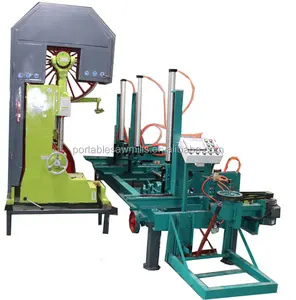



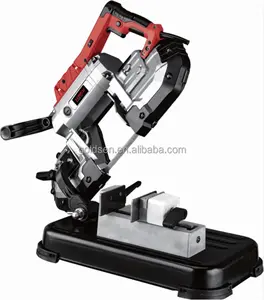



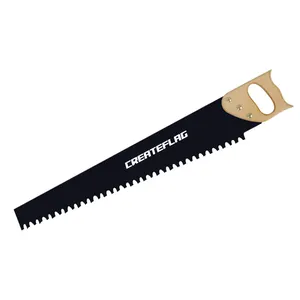

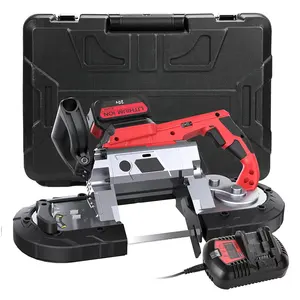
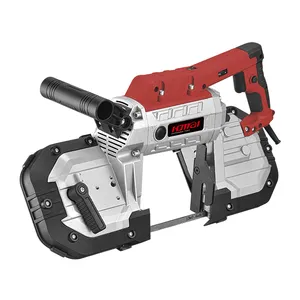



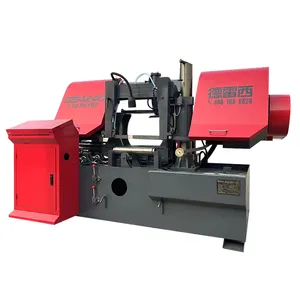






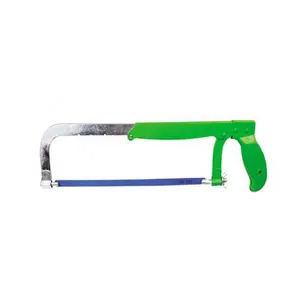








































 浙公网安备 33010002000092号
浙公网安备 33010002000092号 浙B2-20120091-4
浙B2-20120091-4